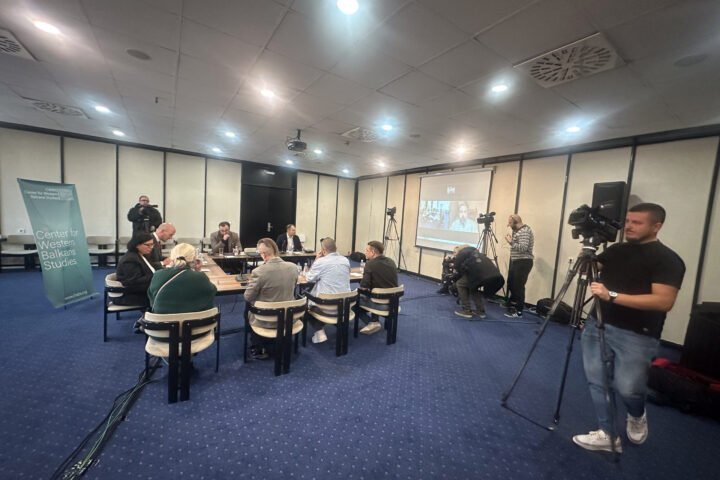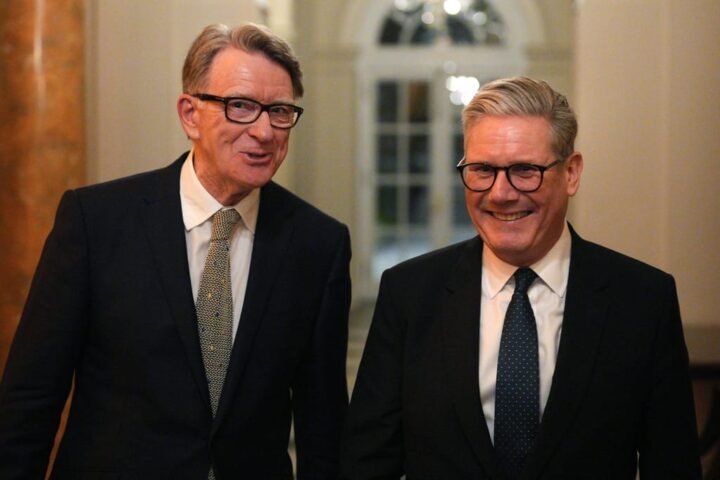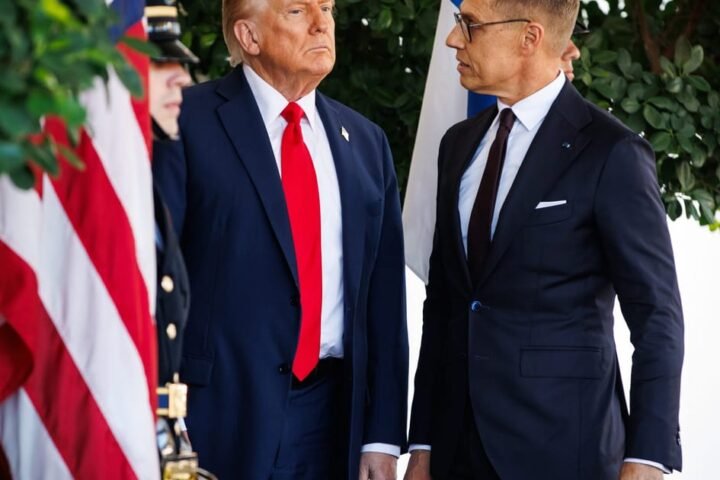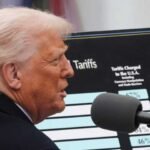On October 7, 2025, the European Commission announced plans to address the global steel overcapacity crisis, aiming to implement protective measures that align with Canadian standards but fall short of the 50 percent tariffs imposed by the United States, reports 24brussels.
The global production of steel currently exceeds consumption, with total plant capacities worldwide surpassing European demand by a factor of five. This substantial overproduction has prompted the EU to act in the interest of its steel market.
The new proposal serves as a countermeasure to the tariffs set by U.S. President Donald Trump, which affect virtually all imports from the first ton. Unlike the U.S., which also imposes tariffs on consumer goods like motorcycles based on their steel content, the EU’s measures are targeted primarily at incoming steel products.
Stepping Stone
The official indicated that this proposal functions as a “stepping stone” towards negotiating a more favorable arrangement with the United States, in line with an agreement reached in July. This partnership is seen as essential given the modest nature of transatlantic steel trade, reflecting a shared interest in combating global overcapacity.
Commissioner Maroš Šefčovič emphasized the importance of collaboration with allies in tackling the overcapacity problem. He stated, “We are taking on the challenge of global overcapacity ourselves, and it would be much more efficient if we did it together or with like-minded partners.”
The proposed 50 percent tariff from the EU, while covering fewer imports than its U.S. counterpart, is anticipated to serve as a robust foundation for future discussions with U.S. officials. The official expressed hope that the initiative would pave the way for negotiations to alleviate the existing tariffs affecting steel exports to the U.S.
In the backdrop of these developments, industry analysts have raised concerns about the long-term implications for European steel manufacturers. The stark contrast between supply and demand dynamics may lead to increased strain on local industries if protective measures do not effectively stabilize the market.
The EU’s approach reflects a broader strategy to assert itself in international trade discussions, particularly in light of ongoing economic challenges and geopolitical tensions. By seeking a united front with the U.S. and other allies, the EU aims to mitigate the impacts of overcapacity while safeguarding its economic interests in the steel sector.










